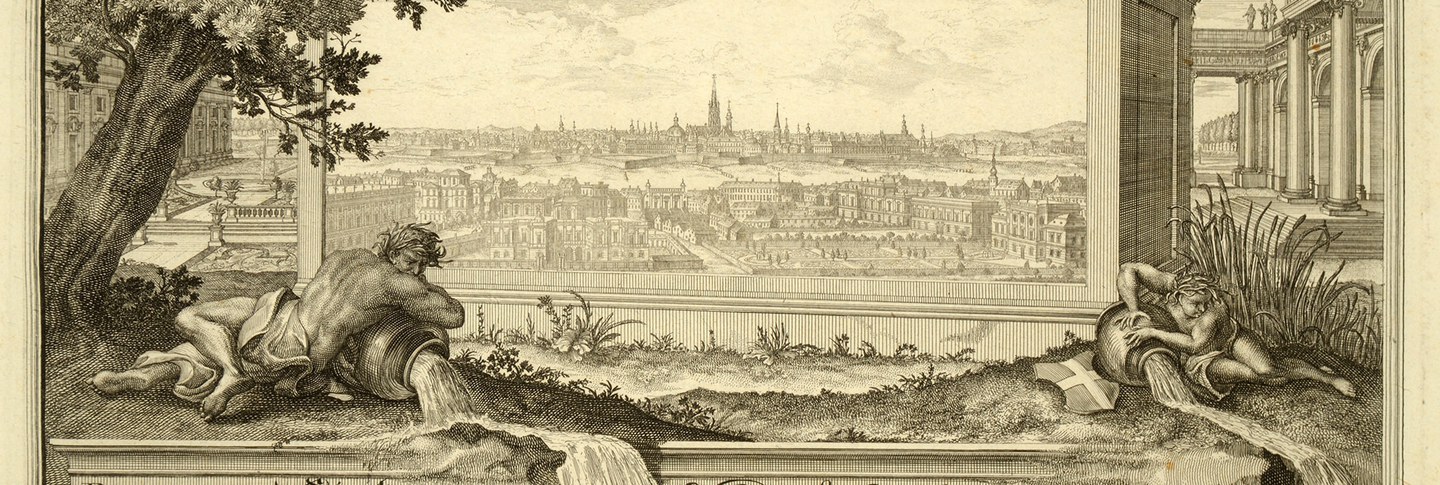Having withstood the Ottoman siege of 1683, the walls of Vienna continued to be celebrated as impregnable throughout the baroque period, maintaining their symbolic role as a major Habsburg achievement long after they had fallen out of military use. This importance meant that Vienna did not develop like other major European capitals during the Age of Absolutism: for more than two centuries, the city did not expand beyond its walls, and its street pattern remained for the most part unchanged. If baroque Vienna saw little advancement in urban planning, it nevertheless witnessed the construction of individual buildings that could rival those of Paris and Rome. More so than the Habsburg sovereigns, it was the Viennese aristocracy that initially took the helm in promoting the baroque style imported from Italy, by creating both sumptuous palaces within the city walls and maisons de plaisance beyond their confines. The baroque style that advanced in Vienna later spread through the Habsburg Empire, as important Viennese patrons commissioned such buildings for their countryside estates. Books of printed vedute in the Dumbarton Oaks Collection give a privileged view of the Habsburg imperial city as it developed over the course of the eighteenth century.
Bibliography
Lorenz, Hellmut. “‘Vienna Gloriosa’: Architectural Trends and Patrons.” In Circa 1700: Architecture in Europe and the Americas, edited by Henry A. Millon, 46–63. Studies in the History of Art 66. Washington, DC: National Gallery of Art, 2005.
This online exhibit was curated by Andrés Álvarez Dávila, 2017–2018 Dumbarton Oaks Humanities Fellow.










